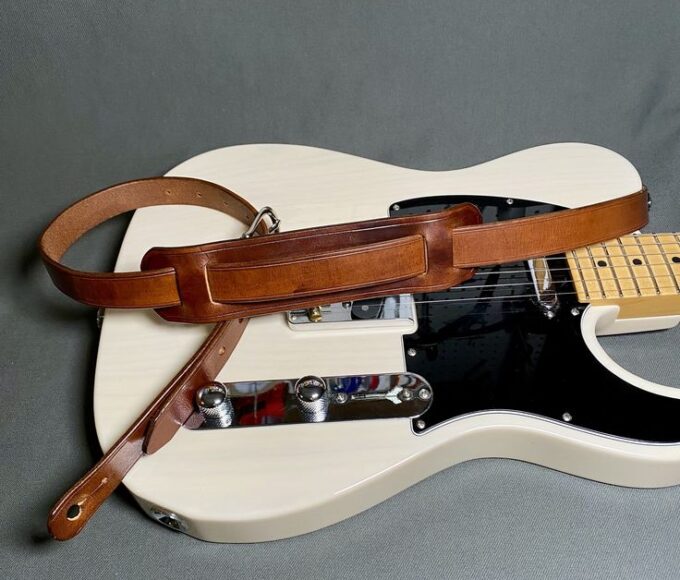Given the speed of the business market, knowing your market has never been more important. Using brand market research helps your company make decisions that will support its progress. Investigating what your consumers like can help you find out about key preferences, the latest trends and who your competitors are.
However, how do you get started in business? What approaches are used to turn raw data into useful strategies? It will show you the steps needed to achieve successful brand market research. We will help you from the beginning of planning your research to using its findings in your business to help you thrive. Time for us to turn data into useful decisions!
Identifying Research Objectives and Goals
It is very important to set research objectives and goals in order to do proper brand market research. A project without specific targets may not be properly directed.
Ask yourself the main questions to get started. What subjects interest you? Do you want to find out how customers feel about your brand or look at the current market trends? In this case, particular details are important. Clearly established goals make it easier to see if you are succeeding once you start working.
Take into account who your target audience is. Figuring out who you are studying affects the objectives you choose a lot. A brand targeted at youth will set different aims than one built for older customers.
Take into account the likely results. Want to know what customers really look for to boost your product development or marketing strategies? Having specific targets lets teams work in a more efficient manner.
Working together between departments supports clearer goal formation. Get input from stakeholders to check that the brand is following the business’ main direction, so that everyone can help achieve similar goals.
Choosing the Right Methodology
Picking the proper methodology is essential when doing brand market research. This process tells you how you should manage and look at your data.
Focus groups and interviews give information about what customers feel and desire. They allow you to learn the reason behind consumer opinions about your brand.
However, with quantitative methods, surveys and data analysis are used. They give results that can be used to detect patterns in large groups of people.
Your objective is the major factor when choosing which to use. Are your goals to understand details or to get a general overview?
Remember to work out how much you can pay and by when. Different methods can use different amounts of resources.
Tailor your methodology to match your goals so it supports you properly. Every method is useful; choosing the right one will improve your study results a lot.
Data Collection Techniques
The backbone of brand market research is based on data collection methods. The approach you take can substantially affect how meaningful and good your results are.
Many use surveys to acquire quantitative data. With them, you can quickly contact lots of users to learn about their interests and actions.
Focus groups give you a different way to conduct market research. You can obtain more details on what menus influence customers when you discuss the topic with groups. Feedback from interviewing often brings up details that are harder to find from surveys.
Using observation as a method can also be very useful. Observing customers use products or services immediately shows their natural responses and use behaviors.
Online analytics has disrupted how data is gathered, making it much faster. They follow how users interact on various online platforms, giving useful information about their customer path without the need for interaction.
All the techniques are beneficial and using a combination usually leads to detailed findings that support your priorities.
Analyzing and Interpreting Data
Right after collecting your data, the next phase starts. It may seem tricky, but that’s the place where you can uncover the secrets in the data.
Organize all your data in a logical system first. Charts and graphs offer good ways to notice trends or patterns in the data. Having visual materials enhances how easily people can understand complex ideas.
After that, highlight any obvious relations between variables. Do different variables seem connected in any way? For example, are customer choices affected by the time of year? Noticing these connections helps you grasp the way the market actually works.
You also should not forget about your qualitative data. Customer feedback gives insight into why the numbers are what they are. observe the common themes in feedback left by customers; they point to what your audience really cares about.
Involve employees from different departments in the process of analysis. Having multiple perspectives usually helps uncover new thoughts that can be used to create strategies for business growth.
Using Market Research to Inform Business Decisions
Gaining knowledge from brand market research can significantly improve your business direction. When you have gone through your data and drawn conclusions, the next important step is to use those conclusions.
Align your insights with what your business aims to do before taking further actions. You identify important trends that match what you wish to achieve. As an illustration, if there is strong interest among consumers in sustainable efforts, try including them as part of your business image.
Making choices is simpler with strong support from data. All decisions made in pricing, product features or customer service should rely on the evidence gathered from market research.
Reviewing this study from time to time allows you to keep track of what consumers like and what happens in the business world. Because markets change all the time, brands keep competitive through constant research and study.
Giving team members from marketing, sales and product development these insights creates a joint effort to reach the organization’s goals. allowing employees to work together on shared knowledge helps the company to be more productive and creative.
Basically, analyzing the market research allows businesses to turn collected information into approaches that help the company expand and excel in the industry.

















Leave a comment